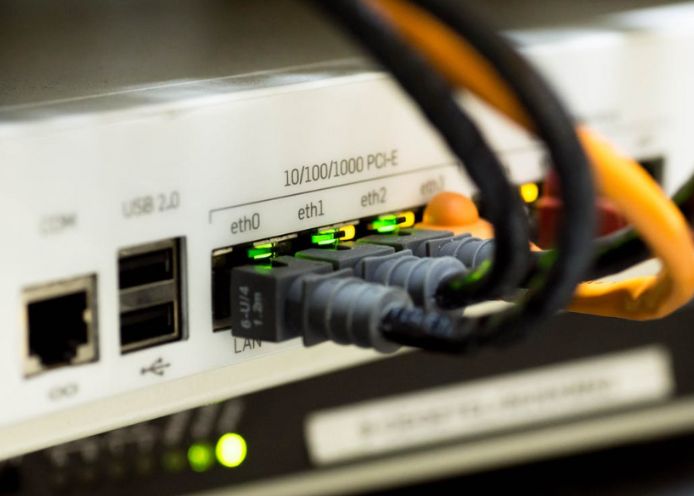Learn how the Internet of Things allows businesses to monitor, manage and automate their operations more efficiently and with more control.
The Internet of Things (IoT) refers to a network of physical devices, vehicles, appliances, and other physical units with sensors, software, and network connectivity that allow them to collect and share data. These devices, also called “smart objects”, can range from simple “smart home” devices, such as smart thermostats, to wearable devices, such as smartwatches and RFID-enabled clothing, to industrial machines and monitoring systems. Complex transportation. Technology experts are even considering “smart cities” based on IoT technologies.
IoT allows these smart devices to communicate with each other and other Internet-connected devices, such as smartphones and gateways, creating a vast network of interconnected devices capable of exchanging data and performing all tasks independently. This can include monitoring farm climate conditions, managing traffic with smart cars and other intelligent automotive devices, controlling factory machines and processes or tracking inventory and warehouse shipments.
The potential applications of IoT are many and varied, and their impact is already being felt across a wide range of sectors, including manufacturing, transportation, healthcare and agriculture. With more and more devices connected to the Internet, IoT is likely to play an increasingly significant role in our societies and in transforming the way we live, work, and interact with each other. With the others.
IoT devices monitor several aspects in a business setting, including temperature, humidity, air quality, energy consumption, and machine performance. This data can be analyzed in real-time to identify patterns, trends and anomalies that can help businesses optimize operations and improve results.
Also Read: OpenSwarm: A Very Innovative Project For The Internet Of Things
Why Is IoT important?
IoT is important for businesses in several ways.
Improved efficiency
Businesses can improve efficiency and productivity by using IoT devices to automate and optimize processes. For example, IoT sensors can monitor equipment performance and detect or even resolve potential issues before they result in downtime, thereby reducing maintenance costs and improving uptime.
Data-driven Decisions
IoT devices generate large volumes of data that can be used to make more informed business decisions and shape new business models. By analyzing this data, businesses can gain insights into customer behavior, market trends and operational performance, enabling them to make more informed decisions on strategy, product development and resource allocation.
Cost Savings
By reducing manual processes and automating repetitive tasks, IoT helps businesses reduce costs and improve profitability. For example, IoT devices can monitor and optimize energy consumption, reducing energy costs and contributing to sustainable development.
Improved Customer Experience
Businesses may provide their consumers with more engaging and tailored experiences by leveraging IoT technology to gather data on customer behavior. For example, retailers can use IoT sensors to track customers’ movements in stores and provide personalized offers based on their behavior.
The Technologies That Make IoT Possible
Several technologies contribute to the implementation of IoT.
Sensors and actuators: Sensors are devices that can detect changes in the environment, such as temperature, humidity, light, movement or pressure. Actuators can open, close, or turn on a motor, among other physical environmental changes. These devices are central to IoT because they allow machines and devices to interact with the physical world. Automation is possible when sensors and actuators work to solve problems without human intervention.
Connectivity technologies: To transmit IoT data from sensors and actuators to the cloud, IoT devices must be connected to the Internet. Several connectivity technologies are used in IoT, including Wi-Fi, Bluetooth, cellular, Zigbee, and LoRaWAN protocols.
Cloud computing: The cloud is where the large amounts of data generated by IoT devices are stored, processed and analyzed. Cloud computing platforms provide the infrastructure and tools needed to store and analyze this data and create and deploy IoT applications.
Big data analytics: To make sense of the enormous amounts of data generated by IoT devices, businesses must use advanced analytics tools to extract insights and identify patterns. These tools may include machine learning algorithms, data visualization tools, and predictive analytics models.
Also Read: Improved Operational Performance

